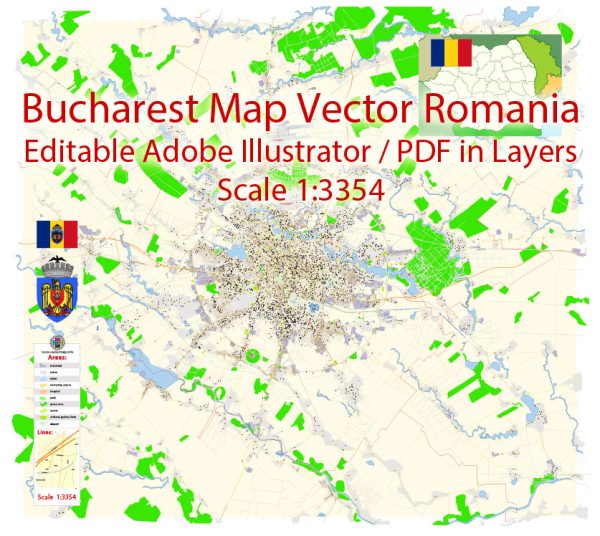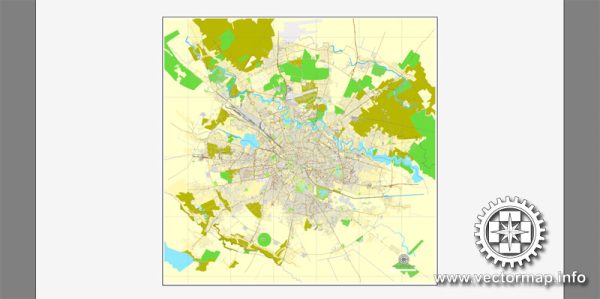Bucharest, the capital of Romania, has a rich and diverse history that spans over 600 years. Its story is marked by a series of ups and downs, reflecting the country’s own historical trajectory. Here’s a brief overview of Bucharest’s history:
- Early Settlements: The area where Bucharest is located has been inhabited for thousands of years. In the 14th century, it was a small market town called “Dâmbovița Citadel.” It became an important trading post due to its strategic location on the trade routes between Transylvania and the Ottoman Empire.
- Rise of Bucharest: Bucharest gained prominence as the residence of Wallachian rulers in the 15th century. It was initially a fortress and later a princely court, and it gradually developed into a regional center for culture and trade.
- Ottoman Rule: During the 16th and 17th centuries, Wallachia (of which Bucharest was the capital) was under Ottoman control. The Ottomans heavily influenced the city’s architecture and culture, which is evident in the city’s mix of Eastern and Western influences.
- Growth and Decline: Bucharest experienced periods of growth and decline in the following centuries. It was often affected by wars, plagues, and fires. However, it continued to develop as a regional trade hub.
- 19th Century Independence: After the Greek War of Independence and various conflicts, Romania gained its independence from the Ottoman Empire in 1877-1878. Bucharest was officially declared the capital of the newly unified Romanian state.
- Belle Époque and Modernization: Bucharest experienced a period of rapid modernization and Westernization during the late 19th and early 20th centuries, earning it the nickname “Little Paris.” This era is marked by the construction of elegant buildings, wide boulevards, and the development of a vibrant cultural scene.
- World Wars and Communism: Bucharest, like the rest of Romania, faced significant challenges during the World Wars. After World War II, Romania fell under communist rule, and the city underwent extensive urban planning and development under the leadership of Nicolae Ceaușescu. The infamous Palace of the Parliament (Casa Poporului) was built during this period.
- Post-Communist Era: The Romanian Revolution of 1989 marked the end of communist rule, and Bucharest, like the rest of the country, underwent a process of political, economic, and social transformation. The city has since seen a resurgence in its cultural and economic vitality.
- Modern Bucharest: Today, Bucharest is a bustling and dynamic European capital, home to over two million people. It is known for its mix of architectural styles, from historic churches and Belle Époque buildings to communist-era structures and modern skyscrapers. It is also a cultural center with numerous museums, theaters, and a lively nightlife.
Bucharest’s history is a reflection of Romania’s own journey through various political and cultural epochs, and the city continues to evolve and shape its identity in the 21st century.



 Author: Kirill Shrayber, Ph.D.
Author: Kirill Shrayber, Ph.D.